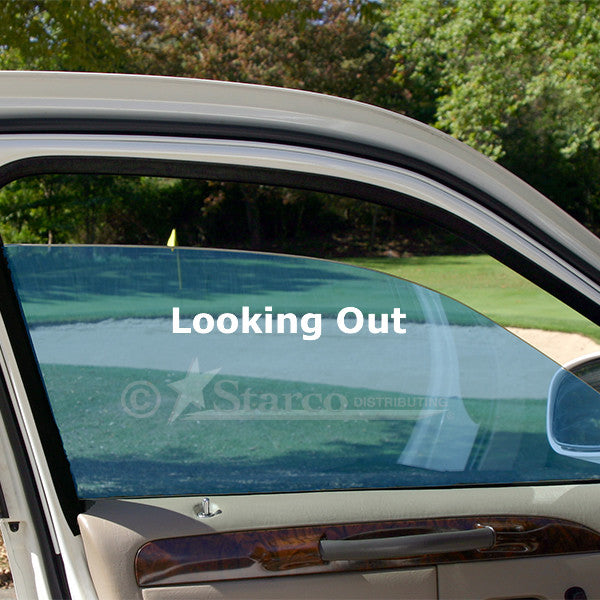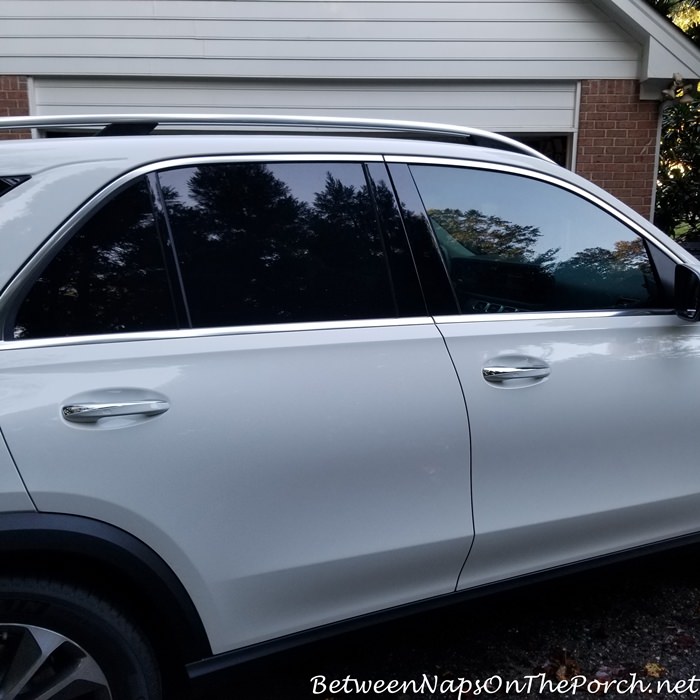Exploring the Various Sorts Of Window Tint for Cars and Their Benefits

Colored Window Tint
Colored home window color is a preferred option amongst automobile owners seeking to enhance privacy and reduce glow while preserving an elegant appearance. This kind of tint is created by integrating color right into the adhesive layer, which is after that put on the home windows of the automobile. The primary allure of colored home window color depends on its ability to provide a visually pleasing look without giving up performance.
One of one of the most substantial benefits of dyed home window color is its capacity to obstruct dangerous UV rays, assisting to safeguard both passengers and the vehicle's interior from sun damages. In addition, this tint successfully reduces glow, adding to a more comfortable driving experience, especially during intense daytime conditions. The growing of home window shade likewise adds a layer of privacy, making it much more difficult for outsiders to see inside the car.
Nevertheless, it is important to keep in mind that while dyed window tint supplies numerous advantages, it may not give as much warm denial as various other kinds of tints. Additionally, its long life can be affected by exposure to long term sunshine, possibly leading to fading with time. On the whole, colored window color stays a popular choice for those focusing on aesthetics and standard sun protection.
Metalized Window Tint
Metalized home window color represents an advanced choice for car proprietors looking to improve both performance and aesthetic appeals. One of the primary advantages of metalized window tint is its superior warm rejection capacities, which can significantly minimize the indoor temperature of an automobile.
Moreover, metalized tints offer enhanced resilience compared to colored films, making them immune to fading and damaging. This long life makes certain that the color keeps its efficiency and appearance over time, supplying long-lasting value.
Additionally, metalized home window tint can improve privacy and protection by making it harder for outsiders to see inside the automobile. The reflective high quality of the tint can also deter potential theft, as valuables are much less noticeable (window tinting). While it might disrupt some digital signals, such as general practitioner or mobile phone reception, the general benefits make metalized home window tint an engaging option for many car owners
Ceramic Window Tint
Using innovative modern technology and unmatched efficiency, ceramic home window tint has become a leading option for discerning car proprietors. This innovative film is composed of advanced ceramic fragments that provide considerable warmth rejection while preserving quality and visibility. Unlike standard colors, ceramic home window color does not count on metal or color, which can disrupt electronic signals from gadgets such as GPS and cell phones.
One of the standout advantages of ceramic window color is its outstanding UV protection. It obstructs up to 99% of harmful ultraviolet rays, thus securing both the lorry's interior and its occupants from sun damage. Furthermore, this company website type of tint boosts privacy without endangering visibility, making it a functional option for daily vehicle drivers and high-end automobiles alike.
Ceramic window tint also flaunts durability; it is immune to fading and scraping, guaranteeing lasting efficiency. Furthermore, its non-reflective nature implies it does not create glow, adding to much safer driving problems. For those looking for a costs color option that combines visual appeals with capability, ceramic window color attracts attention as a premium option, supplying improved comfort and security when driving
Carbon Home Window Color
When it concerns home window tinting choices, carbon home window color has actually gained popularity for its blend of efficiency and cost. This type of tint is made up of carbon particles, which provide a distinct matte finish that enhances the aesthetic allure of automobiles. One of the main benefits of carbon window color is its ability to obstruct a substantial amount of harmful UV rays, safeguarding both the automobile's interior and its passengers from skin damage and fading.
Additionally, carbon home window tint offers superb warmth denial properties, decreasing the need for extreme a/c and improving gas efficiency. Unlike dyed colors, carbon colors do not discolor with time, maintaining their performance and look for years. This durability makes them a practical choice for automobile proprietors seeking long-term worth.
In addition, carbon home window color is non-metalized, which means it does not interfere with digital signals, making it appropriate for automobiles outfitted with GPS, Bluetooth, and other cordless innovations. The balance of cost, performance, and visual allure has developed carbon window color as a recommended choice for many automobile proprietors. Eventually, it acts as a trusted service for those aiming to improve comfort while guaranteeing style.
Manufacturing Facility Color
Factory tint, additionally referred to as OEM tint, describes the tinting that is applied to automobile windows throughout the production my response procedure. This sort of color is generally integrated into the glass itself, supplying an uniform look and consistent levels of shielding throughout all home windows. The key function of manufacturing facility tint is to decrease glare and improve traveler convenience while giving a level of UV protection.

While manufacturing facility color uses standard advantages, it may not provide the same level of warmth denial or personal privacy as higher-grade aftermarket tints. Automobile owners looking for enhanced performance may take into consideration additional tinting options, while still appreciating the aesthetic charm and functionality manufacturing facility color provides.
Verdict

Nonetheless, it is vital to note that while colored home window tint provides numerous benefits, it might not give as much heat denial as various other kinds of colors. For those looking for a costs color service that integrates looks with functionality, ceramic home window color stands out as a remarkable option, providing enhanced convenience and security on the road.
When it comes explanation to window tinting options, carbon window color has gained appeal for its blend of efficiency and cost.Factory tint, additionally known as OEM color, refers to the tinting that is used to automobile windows throughout the manufacturing procedure. The exact level of color can differ depending on the vehicle manufacturer and version, with some automobiles including more substantial tint on back windows than on front home windows.